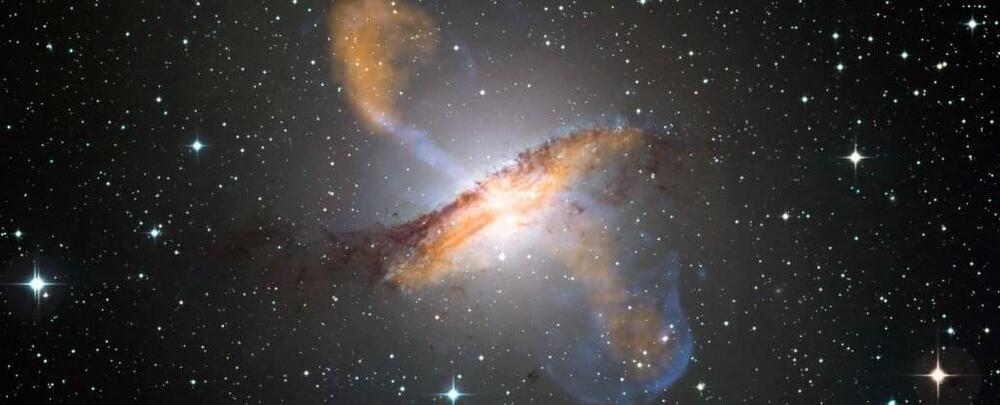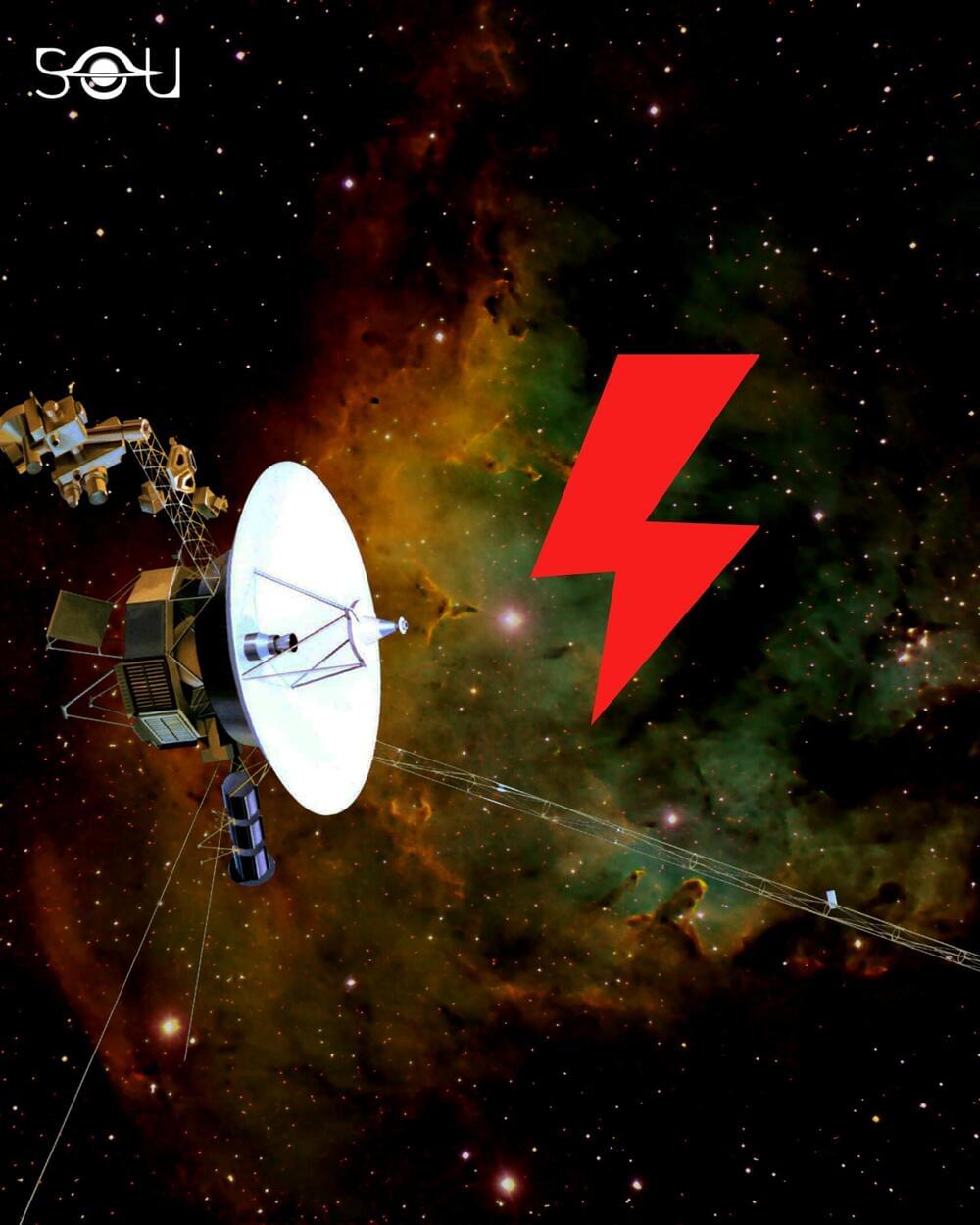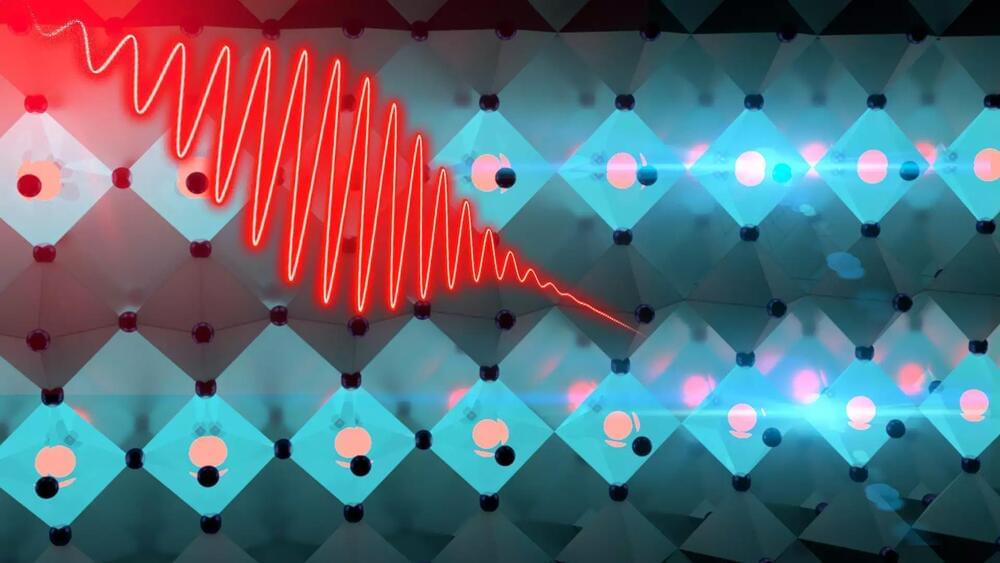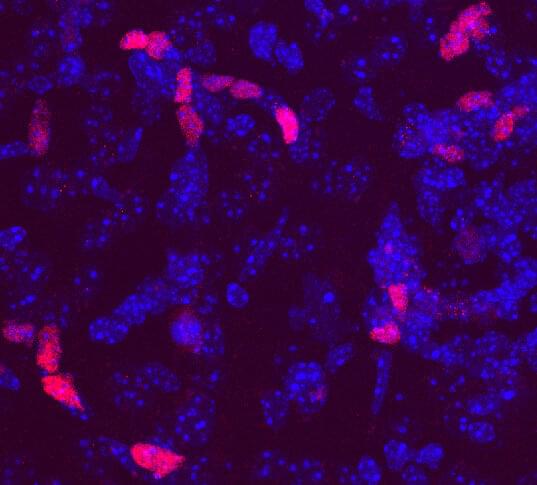Page 5086
Mar 11, 2022
The Incident Response Plan — Preparing for a Rainy Day
Posted by Saúl Morales Rodriguéz in category: cybercrime/malcode
Just as it wasn’t raining when Noah built the ark, companies must face the fact that they need to prepare — and educate the organization on — a well-thought-out response plan if a successful cyberattack does occur. Obviously, the worst time to plan your response to a cyberattack is when it happens.
With so many companies falling victim to cyberattacks, an entire cottage industry of Incident Response (IR) services has arisen. Thousands of IR engagements have helped surface best practices and preparedness guides to help those that have yet to fall victim to a cyberattack.
Recently, cybersecurity company Cynet provided an Incident Response plan Word template to help companies plan for this unfortunate occurrence.
Mar 11, 2022
The Simplest Math Problem No One Can Solve
Posted by Marco Monfils in category: mathematics
Multiply an odd number by an odd number and then add 1 always gives an even number.
Divide an even number by 2 gives an odd number half of the time and an even number half of the time.
Therefore these formulae leans towards even numbers as the output and hence if you do the calculation enough times, you will eventually end up in the 4−2−1 loop.
Mar 11, 2022
Is it the end of the Voyager spacecraft?
Posted by Alberto Lao in category: space travel

Brain Scans of 1. rat, 2. crow, (both completed by end of 2022) ; 3. pig, 4. chimp, (both completed by end of 2023) 5. ending on human, (completed by end of 2025). While we create an AI feedback loop, to use best AI to build better AI s, all at same time. Aiming for Agi 2025–2029.
What would it take for artificial intelligence to make real progress?
Mar 11, 2022
‘Heartbeat’ of Black Holes Solves Decades-Old Mystery of Plasma Jets
Posted by Genevieve Klien in categories: cosmology, materials

Fluctuating light from a black hole, observed over 15 years, has revealed more about the way these enigmatic objects feed.
First, a structure called a corona forms around the outside of the event horizon. Then, powerful jets of plasma launch from the poles, punching material from the corona out into interstellar space at speeds close to that of light in a vacuum.
Continue reading “‘Heartbeat’ of Black Holes Solves Decades-Old Mystery of Plasma Jets” »
Mar 11, 2022
Shackleton’s legendary ship is finally found off the Antarctic Coast, a century later
Posted by Genevieve Klien in category: futurism
Mar 11, 2022
Stronger and Faster Than Lightning: Scientists Achieve Rare Quantum State in Polycrystals
Posted by Genevieve Klien in categories: chemistry, climatology, particle physics, quantum physics
Scientists from the Max Planck Institute for Polymer Research, Paderborn University, and the University of Konstanz have succeeded in achieving a rare quantum state. They are the first to have demonstrated Wannier-Stark localization in a polycrystalline substance. Predicted around 80 years ago, the effect has only recently been proven — in a monocrystal. Until now, researchers assumed this localization to be possible only in such monocrystalline substances which are very complicated to produce. The new findings represent a breakthrough in the field of physics and could in future give rise to new optical modulators, for example, that can be used in information technologies based on light, among other things. The physicists have published their findings in the well-respected technical journal, Nature Communications.
Stronger and faster than lightning
The atoms of a crystal are arranged in a three-dimensional grid, held together by chemical bonds. These bonds can, however, be dissolved by very strong electric fields which displace atoms, even going so far as to introduce so much energy into the crystal that it is destroyed. This is what happens when lightning strikes and materials liquefy, vaporize or combust, for example. To demonstrate Wannier-Stark localization, the scientists’ experiments involved setting up electric fields of several million volts per centimeter, much stronger than the fields involved in lightning strikes. During this process, the electronic system of a solid — in this case, a polycrystal — is forced far from a state of equilibrium for a very short time. Wannier-Stark localization involves virtually shutting down some of the chemical bonds temporarily. This state can only be maintained for less than a picosecond — one millionth of one millionth of a second — without destroying the substance.
Mar 11, 2022
Harvesting Energy From the Air: Metasurface-Based Antenna Turns Ambient Radio Waves Into Electric Power
Posted by Genevieve Klien in categories: electronics, mobile phones
Technology could make it possible to use radio emissions from cell phone networks to wirelessly power sensors and LEDs.
Researchers have developed a new metasurface-based antenna that represents an important step toward making it practical to harvest energy from radio waves, such as the ones used in cell phone networks or Bluetooth connections. This technology could potentially provide wireless power to sensors, LEDs and other simple devices with low energy requirements.
“By eliminating wired connections and batteries, these antennas could help reduce costs, improve reliability and make some electrical systems more efficient,” said research team leader Jiangfeng Zhou from the University of South Florida. “This would be useful for powering smart home sensors such as those used for temperature, lighting and motion or sensors used to monitor the structure of buildings or bridges, where replacing a battery might be difficult or impossible.”
Mar 11, 2022
Single protein prompts mature brain cells to regenerate multiple cell types
Posted by Paul Battista in categories: biotech/medical, neuroscience
A single protein can reverse the developmental clock on adult brain cells called astrocytes, morphing them into stem-like cells that produce neurons and other cell types, UT Southwestern researchers report in a PNAS study. The findings might someday lead to a way to regenerate brain tissue after disease or injury.
“We’re showing that it may be possible to reprogram the fate of this subset of brain cells, giving them the potential to rebuild the damaged brain,” said study leader and co-corresponding author Chun-Li Zhang, Ph.D., Professor of Molecular Biology and an Investigator in the Peter O’Donnell Jr. Brain Institute.
During development, mammalian stem cells readily proliferate to produce neurons throughout the brain and cells—called glia—that help support them. Glia help maintain optimal brain function by performing essential jobs like cleaning up waste and insulating nerve fibers. However, the mature brain largely loses that stem cell capacity. Only two small regenerative zones, or niches, remain in the adult brain, Dr. Zhang explained, leaving it with extremely limited capacity to heal itself following injury or disease.
















